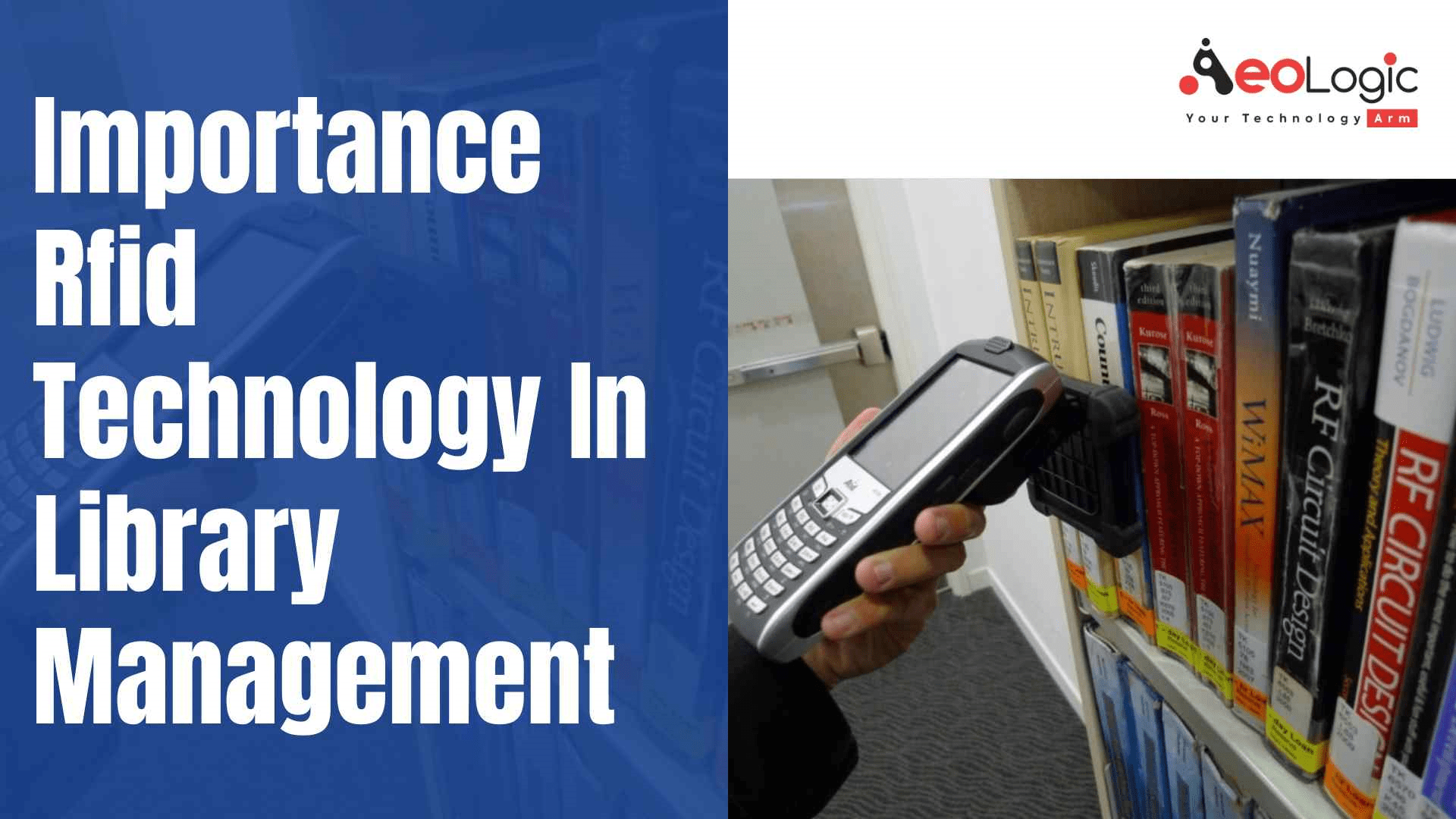RFID (Radio Frequency Identification) technology has become an essential tool in many industries, including library management. This technology uses radio waves to identify and track objects through small electronic tags attached to them. In the context of library management, RFID technology has revolutionized the way libraries operate, enabling more efficient and automated processes, enhanced security, and improved patron experience. In this article, we will explore the importance of RFID technology in library management, its benefits, challenges, and limitations, as well as its future implications.
Importance of RFID Technology in Library Management
Automated Inventory Management
RFID technology enables libraries to automate the inventory process, eliminating the need for manual scanning of barcodes or other traditional methods. The RFID tags can be attached to books, DVDs, and other materials, allowing them to be easily tracked and located. This reduces the time and labor required for inventory management, freeing up staff to focus on other tasks.
Efficient Circulation and Checkout Process
RFID technology allows for a more streamlined circulation and checkout process. When a patron checks out a book, the RFID tag is scanned, and the information is recorded in the library’s system. This process is faster and more accurate than traditional methods, allowing for a smoother and more efficient transaction.
Enhanced Security and Theft Prevention
RFID technology provides a higher level of security and theft prevention in libraries. The tags can be configured to set off an alarm if a book or material is removed from the library without being checked out. This helps deter theft and increases the chances of recovering stolen materials.
Reduced Labor Costs and Increased Productivity
The use of RFID technology can significantly reduce labor costs in libraries. With automated inventory management and streamlined circulation processes, libraries can operate more efficiently with fewer staff. This also allows for increased productivity and the ability to focus on other important tasks.
Improved Patron Experience
RFID technology can enhance the overall patron experience in libraries. With faster checkout times and more efficient inventory management, patrons can spend less time waiting in line and more time browsing and checking out materials. This can lead to increased patron satisfaction and loyalty.
Implementation of RFID technology in Library Management
Planning and Budgeting
The implementation of RFID technology requires careful planning and budgeting. Libraries need to assess their needs and goals, determine the scope of the project, and develop a budget that includes costs for equipment, software, installation, and staff training.
Boost your business with our RFID Solutions!
RFID System Components
The main components of an RFID system for library management include RFID tags, RFID readers, antennas, and software. The RFID tags are attached to books and other materials and contain information about the item, such as title, author, and barcode. The RFID readers and antennas communicate with the tags, enabling the library system to track and manage the materials. The software is used to integrate the RFID system with the library’s existing management system.
Installation and Testing
Installing an RFID system in a library requires careful planning and coordination. The system must be installed properly and tested thoroughly to ensure that it is working correctly. This includes testing the RFID readers and antennas, verifying that the tags are being read correctly, and ensuring that the data is being accurately recorded in the library system.
Staff Training and Maintenance
Implementing an RFID system requires staff training to ensure that everyone is familiar with the new system and how to use it. This includes training on how to tag materials, operate the RFID readers and antennas, and troubleshoot any issues that arise. Ongoing maintenance is also required to ensure that the system continues to function properly.
Challenges of RFID Technology in Library Management
Initial investment costs: One of the main challenges of implementing an RFID system in a library is the initial investment costs. This includes the cost of equipment, software, installation, and staff training. For smaller libraries, the costs may be prohibitive, making it difficult to justify the investment.
Integration with existing library systems: Integrating an RFID system with an existing library system can be challenging, particularly if the library is using legacy systems. This requires careful planning and coordination to ensure that the two systems can communicate with each other.
Technical issues and troubleshooting: Like any technology, RFID systems can experience technical issues that require troubleshooting. This can be time-consuming and frustrating for library staff, particularly if they are not familiar with the technology.
Privacy concerns and ethical considerations: RFID technology can raise privacy concerns and ethical considerations, particularly if the tags contain personal information about patrons. Libraries need to ensure that they are complying with privacy laws and regulations and that they are using the technology ethically.
Future of RFID technology in library management
Advancements in RFID technology: RFID technology is constantly evolving, with new advancements and innovations being developed. This includes improvements in tag performance, increased read range, and enhanced security features.
Potential applications in library services: RFID technology has the potential to be used in a variety of library services beyond inventory management and circulation. This includes automated book sorting, self-checkout kiosks, and RFID-based security systems.
Integration with other emerging technologies: RFID technology can be integrated with other emerging technologies, such as artificial intelligence and the Internet of Things (IoT), to create more advanced and intelligent library systems.
Conclusion
RFID technology is an important tool in library management, providing many benefits, including automated inventory management, efficient circulation and checkout processes, enhanced security, and improved patron experience. Implementing an RFID library management system requires careful planning and budgeting, as well as staff training and maintenance. While there are challenges and limitations to using RFID technology, it has the potential to revolutionize the way libraries operate and provide services to patrons.









